Hedgelaying for wildlife: it’s worth the effort
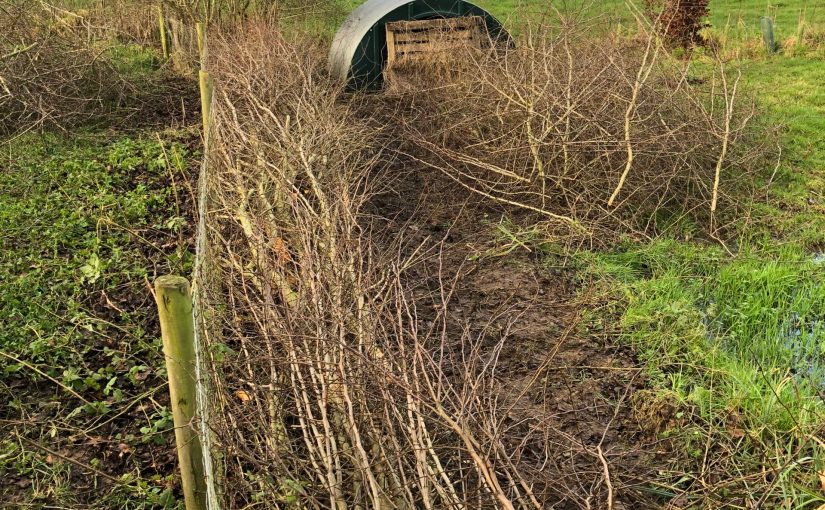
We hear from Nick Mann of Habitat Aid about why hedgelaying for wildlife is well worth the effort – and the workout – it entails.
I love a bit of hedgelaying. I’m too old/knackered/incompetent to do very much, but it’s a good workout and – more importantly – it’s good for wildlife in the garden.
I was taught the local style here which – thank the Lord – is about as simple as there is. Not for me the intricacies of the Midland hedge, which is what most think about when hedgelaying comes to mind. Midland hedges are things of great beauty; semi-cut stems, or “pleachers”, angle gracefully through a framework of stakes and binders.
Down here we have fat sedentary sheep, and the style I learnt, “Dorset”, reflects that (we’re on the Somerset/Dorset border). It’s pretty rough and ready, but I still find it a struggle to do well – I guess as I don’t do enough of it. The hedges I lay seem to work well enough though, and I’m sure my hedgelaying is great for the wildlife in the garden.
Originally, the idea was both to thicken up the base of a traditional hedge to ensure it was stockproof, and to reduce it to stop it growing out. Armies of ditchers and hedgers dotted the rural landscape in winter before the advent of the excavator and the flail. You can see the idea in these photos of the section I laid over the weekend:


These days it’s still a good idea, if you can. For most it’s not a practical option, but hedgelaying will produce a much thicker, more solid hedge. Great habitat and wildlife corridor, which is why we support the National Hedgelaying Society. Despite all the brash you take off, great for the hedge too; it won’t grow out and, ultimately, turn into a line of small trees.
The hedge won’t need anything other than a gentle trim for the next few years either, and this predominantly Hawthorn hedge will recover to its original height in no time.* It was around 8 feet tall and I’ve reduced it to around two feet, but as the plants are dormant(ish!) I haven’t done them any harm. Even where I’ve screwed up, the thorn will regenerate as if it were coppiced. It’s pretty indestructible, like all our traditional hedge plants. I’ll take some pics over the next couple of years to show it develop.
*It’s good practice though to only do a section at a time.
Find the original post here on the Habitat Aid blog.
 About the author
About the author
Based in Somerset, Nick Mann started Habitat Aid in 2008 to promote and sell British native trees, hedging, aquatic plants, wildflower seed and heritage fruit trees sourced from a community of small specialist UK nurseries and growers. They also offer groundwork, planting and seeding as well as ecological services through their network of partners.
The views expressed in our blog are those of the author and not necessarily lowimpact.org's




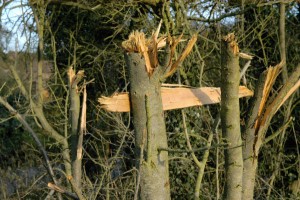 The environmental damage caused by flail cutting of hedgerows, and what can be done about it
The environmental damage caused by flail cutting of hedgerows, and what can be done about it
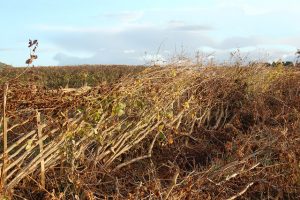 Why hedgelaying makes a better hedge
Why hedgelaying makes a better hedge
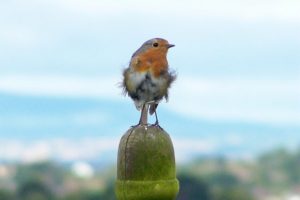 How to make a windbreak: the best trees and shrubs to use
How to make a windbreak: the best trees and shrubs to use
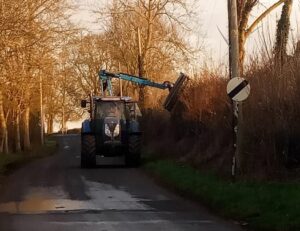 What’s happening to hedgerows in 2024?
What’s happening to hedgerows in 2024?
 Hedges
Hedges
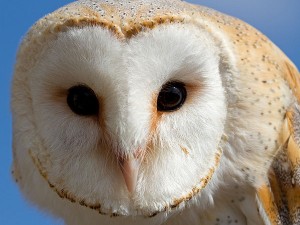 Nature awareness
Nature awareness
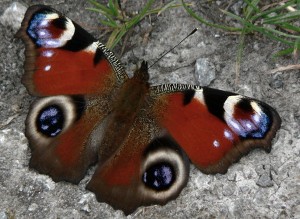 Wildlife gardening
Wildlife gardening


